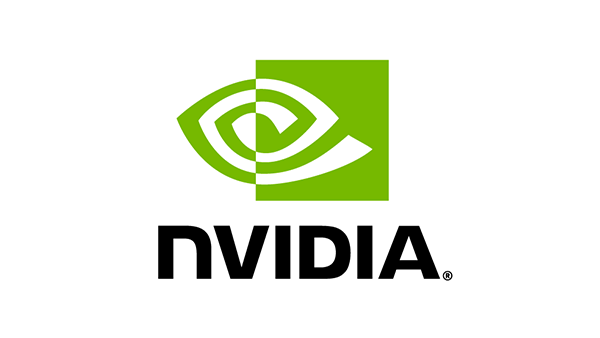Ensuring Compatibility: The Importance of NVIDIA Proprietary Driver Versions

When it comes to utilizing NVIDIA proprietary drivers, maintaining compatibility is crucial for optimal performance. To ensure smooth operation, it is essential to have the running kernel module, 32-bit userspace libraries, and 64-bit userspace libraries installed, all of which must be the exact same version. Any version mismatch can lead to the breakdown of 32-bit applications, resulting in potential issues. In this blog post, we will explore the significance of matching versions and discuss a real-world example to illustrate the impact of broken 32-bit libraries found on the AUR (Arch User Repository).
Understanding the Dependencies:
To comprehend the importance of version consistency, let’s delve into the dependencies required by NVIDIA proprietary drivers. These drivers rely on three key components:
1. Running Kernel Module:
The running kernel module acts as a bridge between the hardware and the operating system, facilitating communication and enabling the utilization of the NVIDIA drivers. It is crucial to have the correct version of the kernel module installed to ensure seamless compatibility.
2. 32-bit Userspace Libraries:
32-bit userspace libraries are essential for running 32-bit applications on a 64-bit system. These libraries provide the necessary resources and functionalities to support the execution of software designed specifically for 32-bit architectures.
3. 64-bit Userspace Libraries:
Similar to their 32-bit counterparts, 64-bit userspace libraries are crucial for running 64-bit applications. They provide the necessary resources and functionalities required by software designed for 64-bit architectures.
The Consequences of Version Mismatch:
When the versions of these components are not aligned, problems can arise. A version mismatch can cause the breakdown of 32-bit applications, rendering them unusable. This issue can have a significant impact on system functionality and user experience, leading to frustration and hindering productivity.
Real-World Example:
To illustrate the consequences of broken 32-bit libraries, let’s examine the following scenario found on the AUR:
nvidia-470xx-dkms | 470.182.03-2 nvidia-470xx-utils | 470.182.03-2 lib32-nvidia-470xx-utils | 470.199.02-1
In this case, the 32-bit userspace library, lib32-nvidia-470xx-utils, is at version 470.199.02-1, while the corresponding 64-bit userspace library, nvidia-470xx-utils, is at version 470.182.03-2. This discrepancy creates a version mismatch, potentially resulting in the failure of 32-bit applications.
Resolving the Issue:
To address version mismatches and ensure compatibility with NVIDIA proprietary drivers, it is crucial to meticulously verify and align the versions of the running kernel module, 32-bit userspace libraries, and 64-bit userspace libraries. By updating or reinstalling the necessary components, users can mitigate the risks associated with broken libraries and maintain the smooth operation of their system.
Maintaining version consistency between the running kernel module, 32-bit userspace libraries, and 64-bit userspace libraries is crucial for ensuring optimal performance of NVIDIA proprietary drivers. Aversion mismatch can lead to the breakdown of 32-bit applications, impeding system functionality and user experience. By staying vigilant and regularly checking and updating these components, users can mitigate the risks associated with broken libraries and enjoy seamless compatibility. Remember, when it comes to NVIDIA proprietary drivers, version alignment is key to a trouble-free computing experience.
